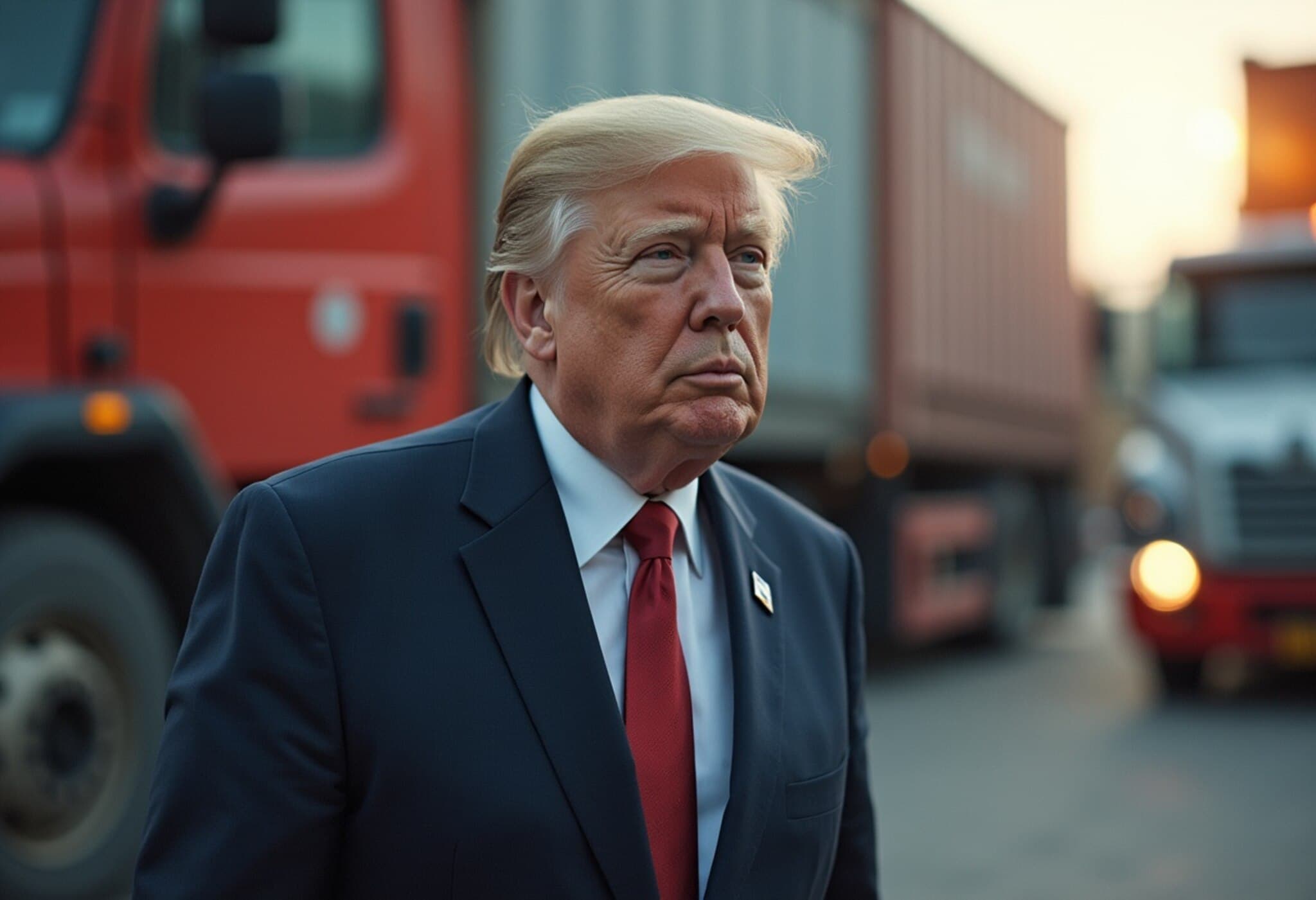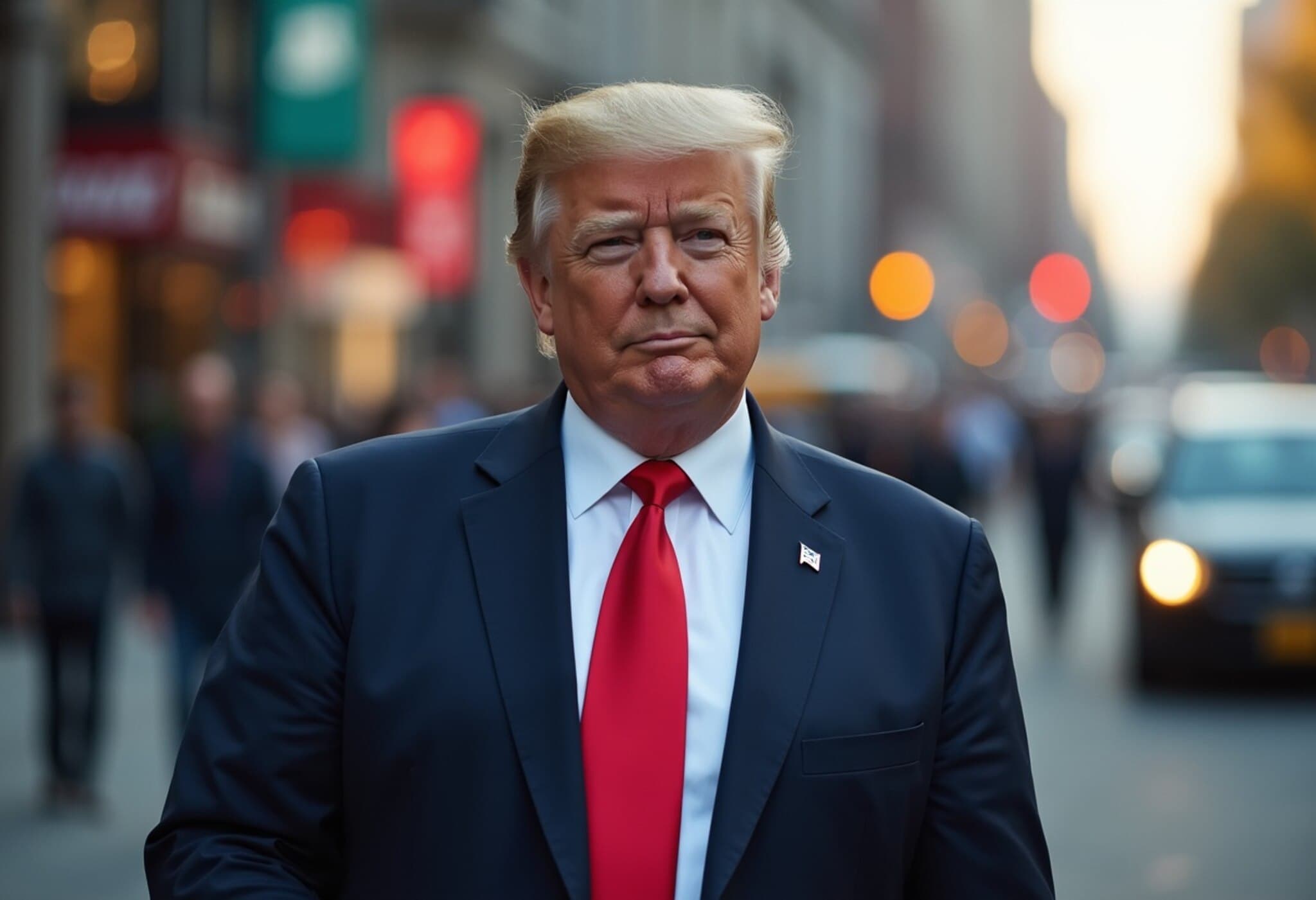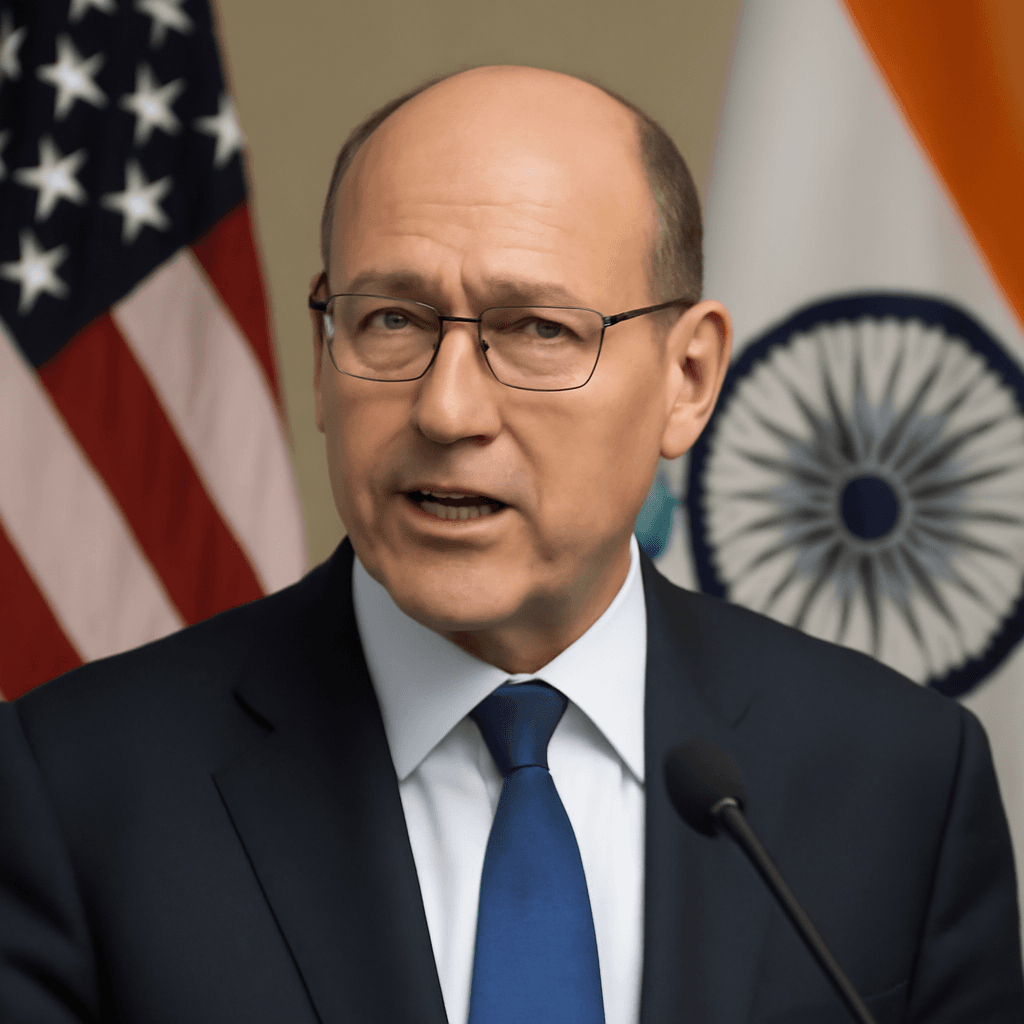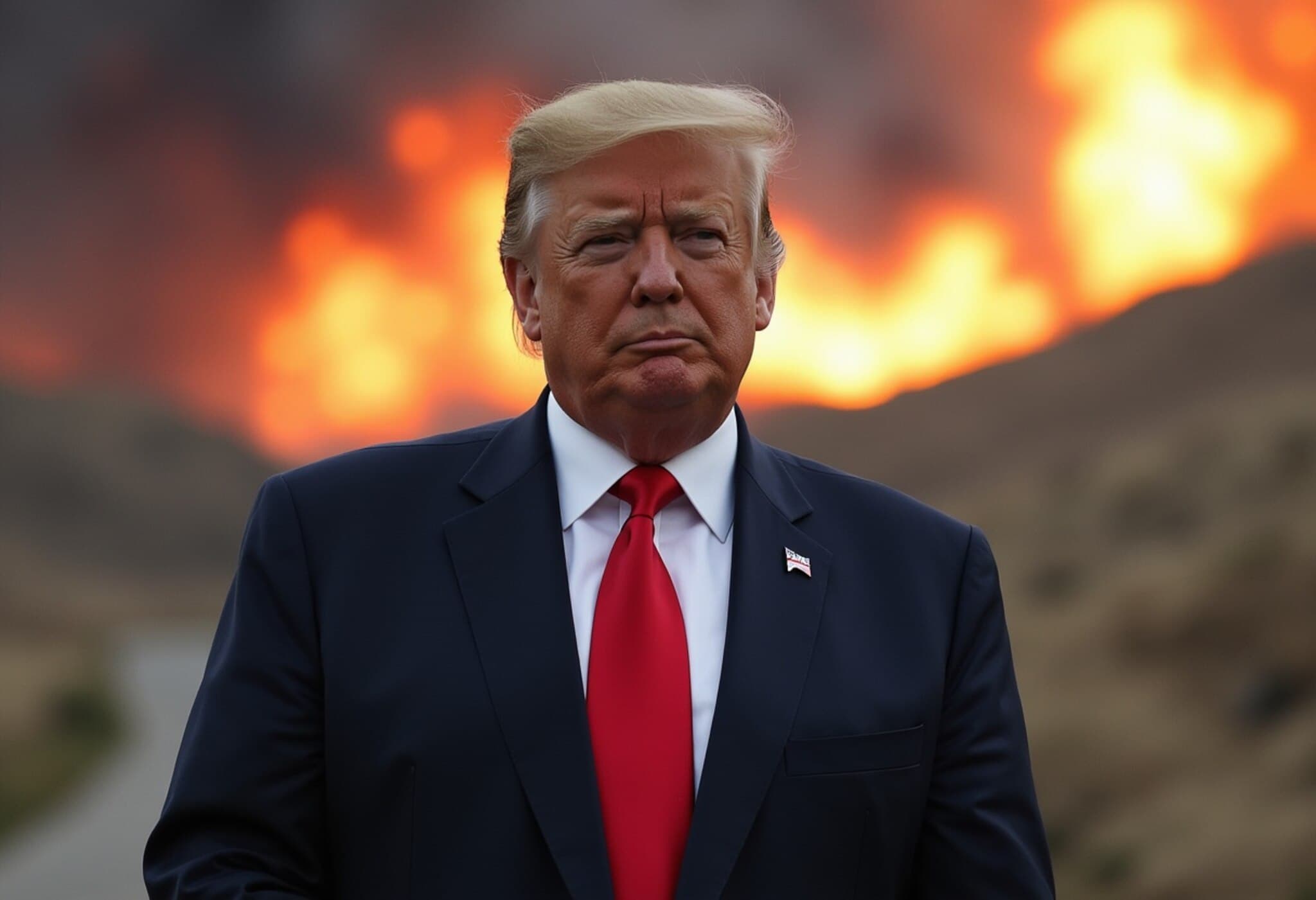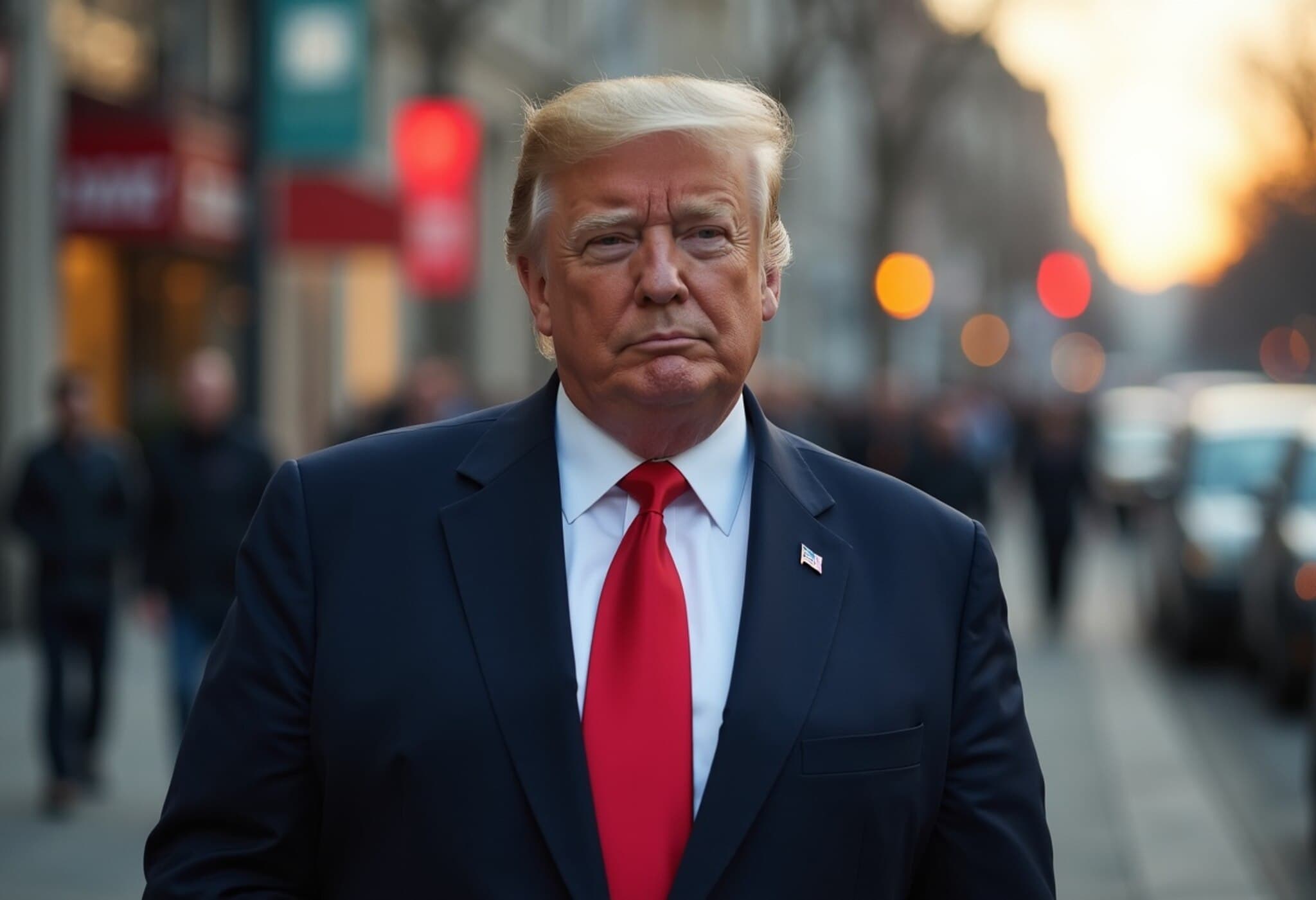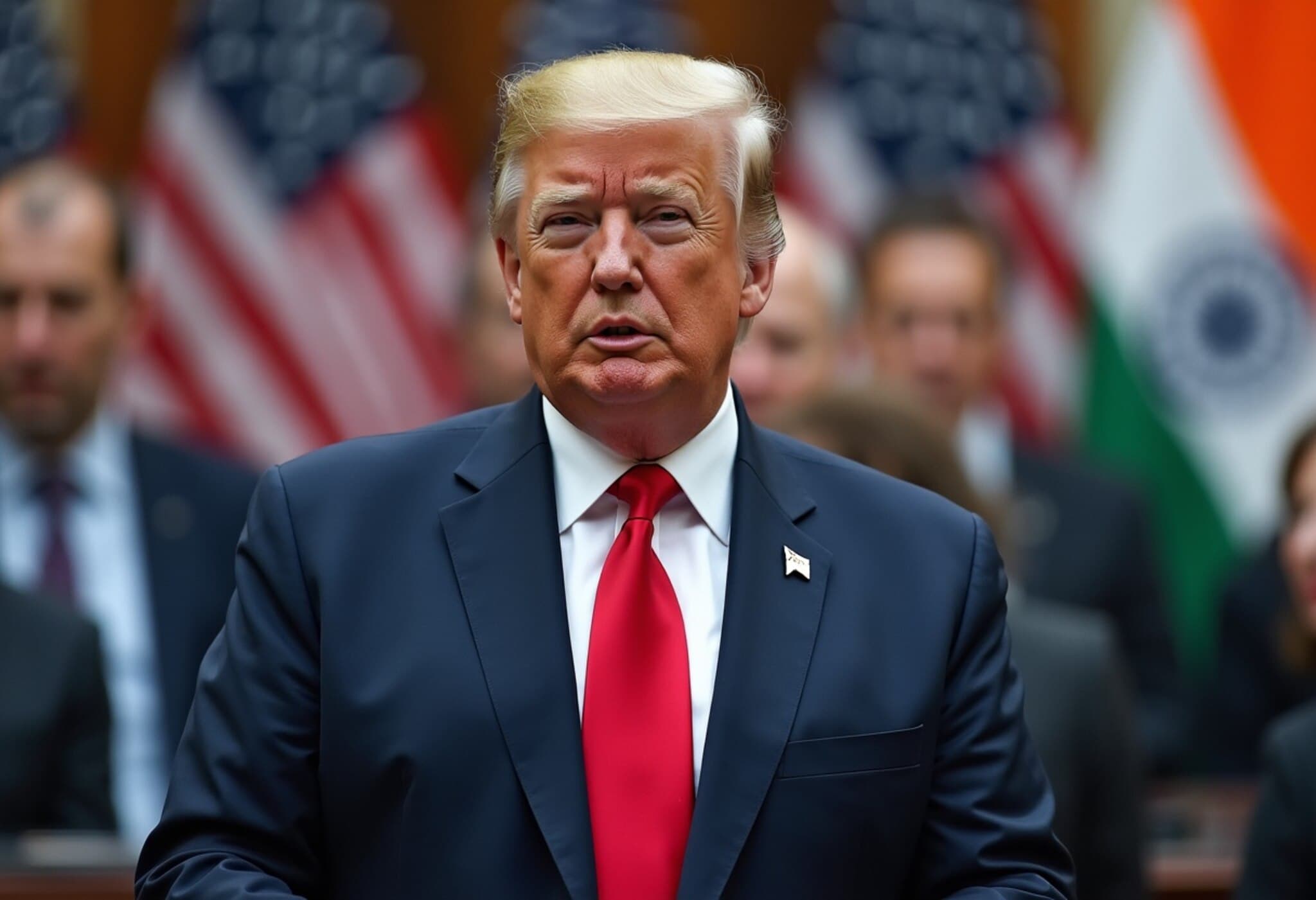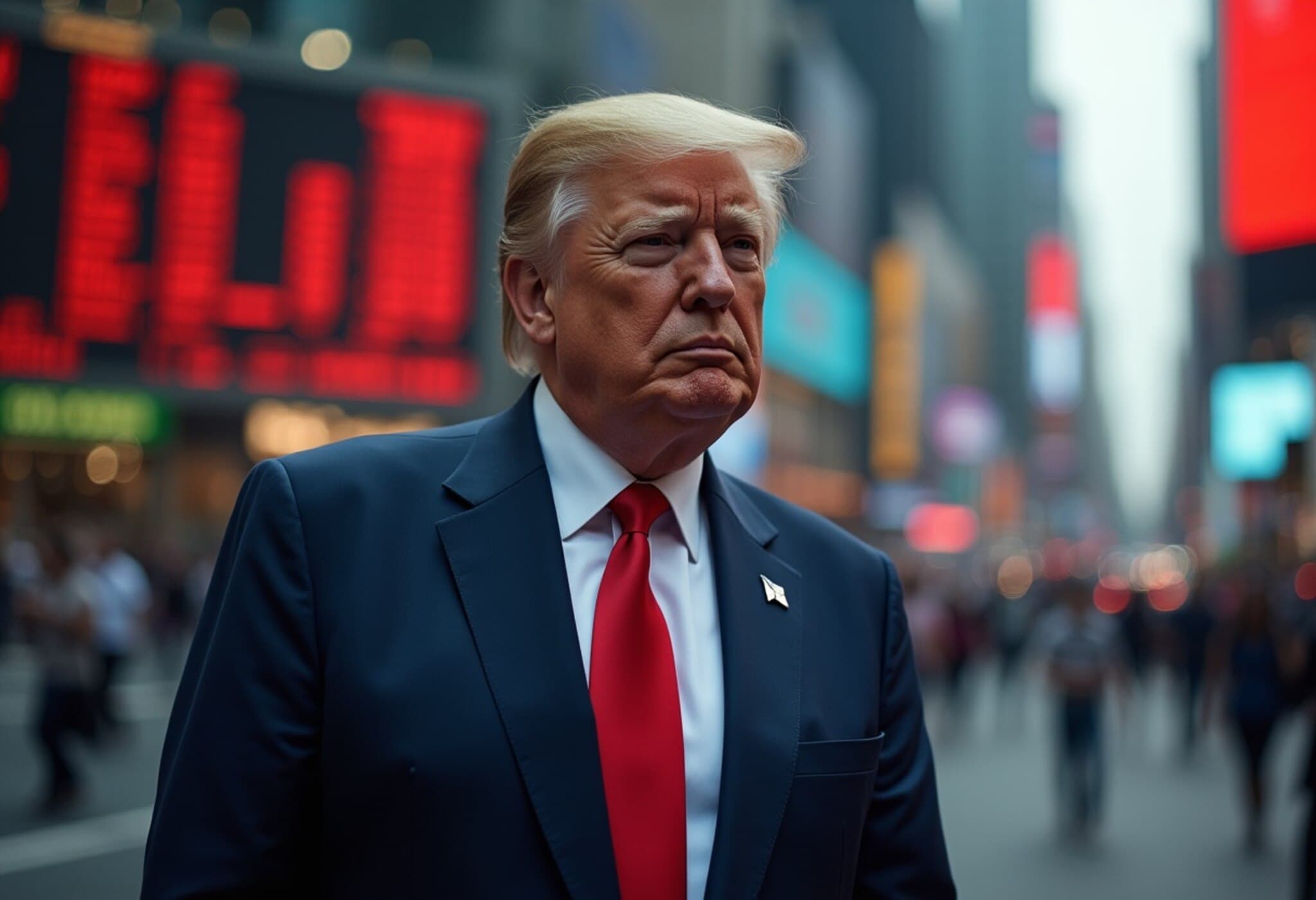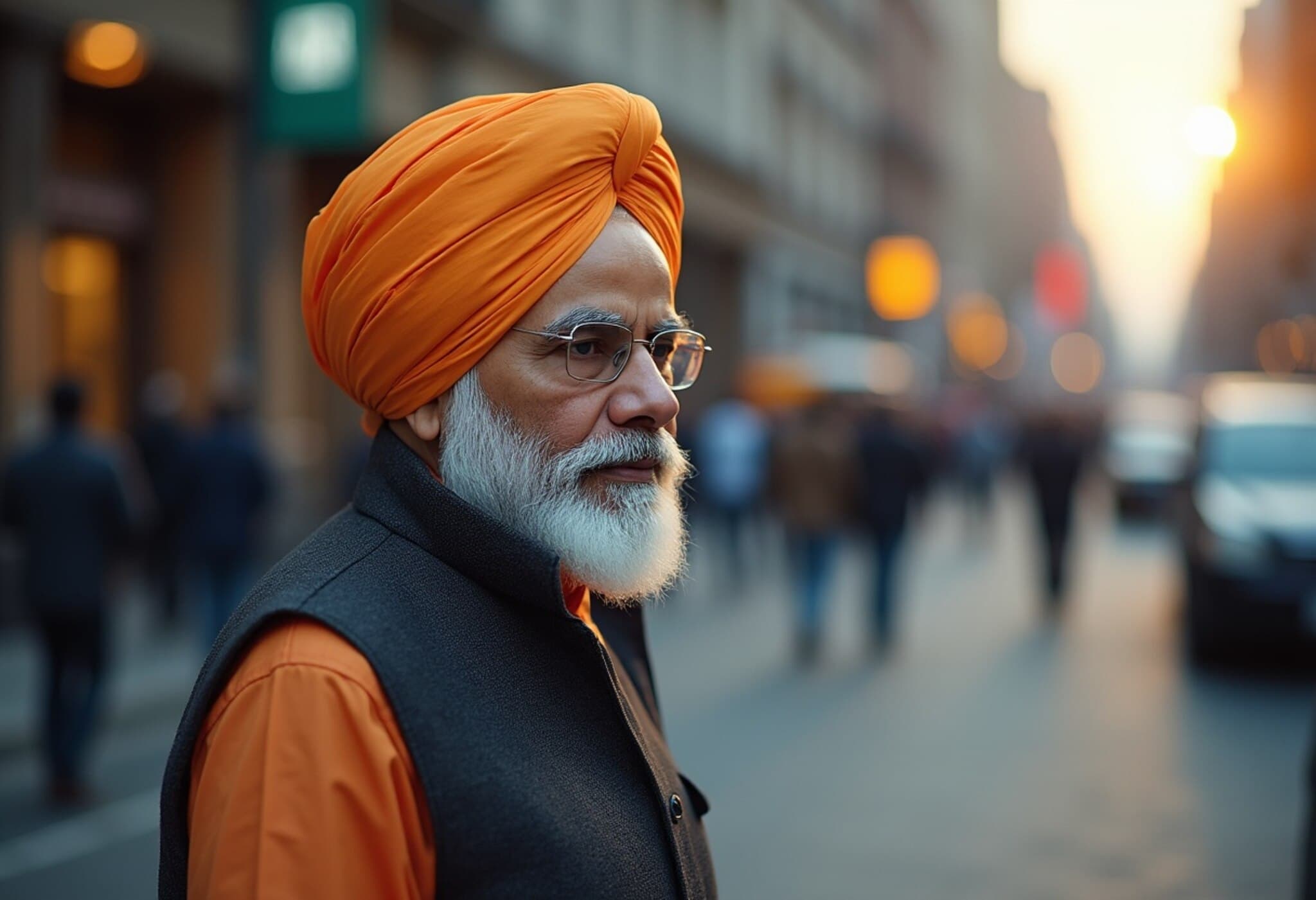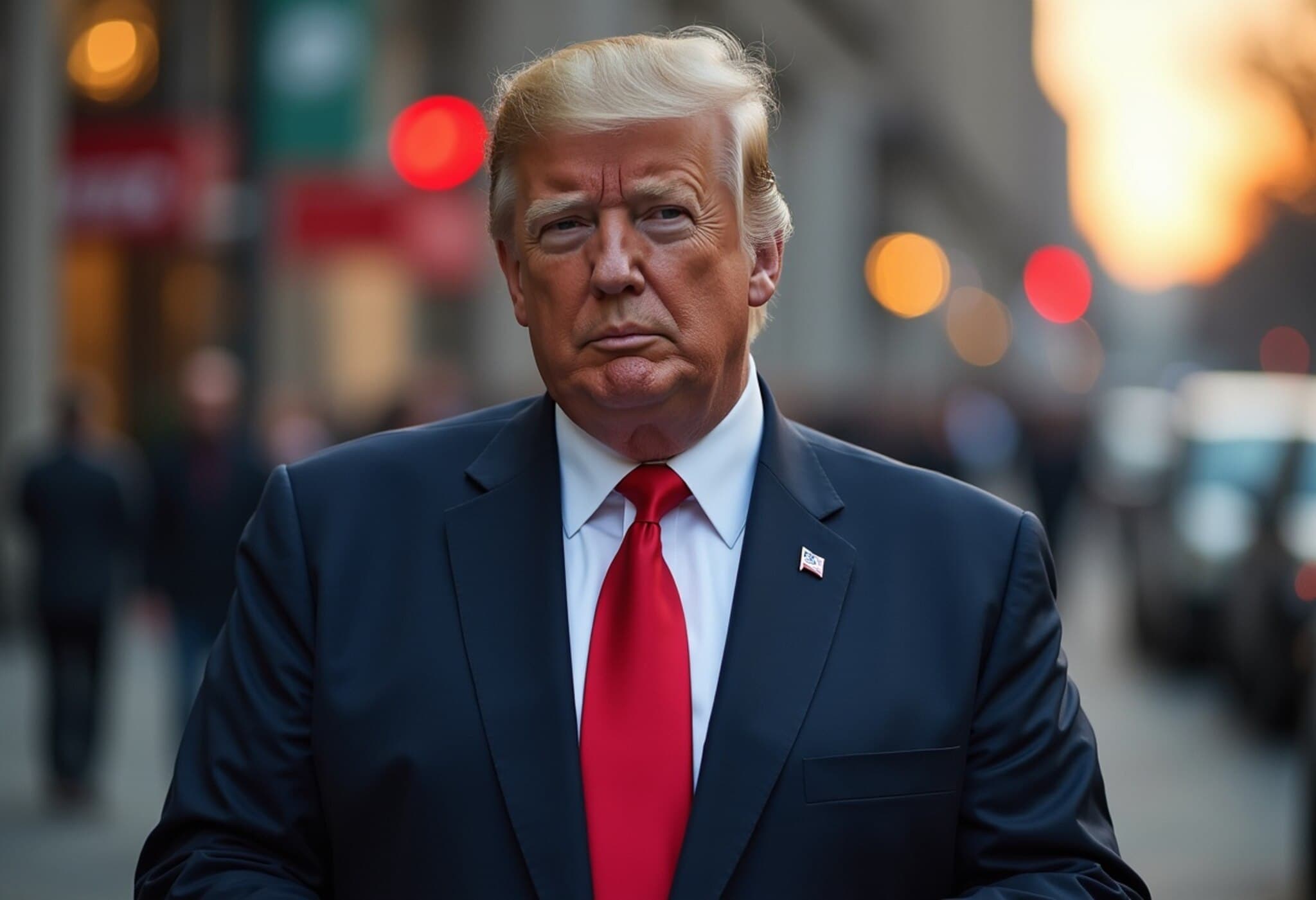US Launches Broad Tariff Measures Affecting 90+ Countries
In a decisive move to address longstanding trade imbalances, the United States implemented a sweeping set of tariffs targeting imports from more than 90 countries, starting in the early hours of Thursday, August 7, 2025. This marks a significant escalation in Washington’s trade policy under President Donald Trump’s administration, aimed at reshaping global commerce and protecting American industries.
Details on Tariff Rates and Target Countries
Among the affected nations, India faces a 25 percent tariff on various goods entering the U.S. market as part of this first tranche of measures. However, the White House announced an additional levy, increasing the tariff to 50 percent — with the extra 25 percent kicking in after a 21-day window.
According to an official White House statement, the additional tariffs are justified as necessary responses to a “national emergency” caused by Russia’s ongoing actions in Ukraine. Specifically, these surcharges target countries like India that have been identified as indirectly or directly importing Russian oil, which Washington views as undermining its strategic sanctions efforts.
Wide-Ranging Impact across the Globe
The tariff rates vary considerably depending on the origin country:
- Brazil: 50%
- Laos and Myanmar: 40%
- Switzerland: 39%
- Iraq and Serbia: 35%
- Countries facing over 15% levies include Vietnam (20%), Taiwan (20%), Thailand (19%) and India (25% to 50%).
Before this policy rollout, the U.S. typically imposed tariffs around 10 percent on imports; this new regime signals a sharp hike intended to recalibrate trade flows.
President Trump’s Response and Rationale
President Trump took to his social media platform, Truth Social, emphasizing the economic importance of these tariffs. He proclaimed, “It’s midnight! Billions of dollars in tariffs are now flowing into the United States of America!” and framed the move as a redress of what he described as years of unfair treatment by foreign actors taking advantage of American markets.
Trump further warned that only opposition from what he called a “radical left court” might thwart these efforts, illustrating the administration’s determination to push through with this protectionist agenda despite domestic legal and international trade challenges.
Expert Insights: Economic and Strategic Implications
Trade economists note that while tariffs can provide short-term relief to domestic producers, they also risk raising prices for American consumers and disrupting global supply chains. The strategic framing linking the tariffs to the Ukraine conflict adds layers of geopolitical complexity, intertwining trade policy with international security concerns.
Moreover, the additional levies on nations importing Russian oil underscore the U.S.’s broader efforts to isolate Russia economically, yet these could strain diplomatic ties with key allies and trading partners such as India, which balances its own foreign policy priorities carefully.
Questions remain about the long-term sustainability of such blanket tariffs and their compatibility with World Trade Organization rules, especially as affected countries consider retaliatory measures, potentially igniting further trade tensions.
What Lies Ahead?
For U.S. industries, these tariffs might translate into greater market protection, but for consumers and businesses reliant on imports, increased costs and supply uncertainties loom. Globally, the trade landscape is entering a period of heightened unpredictability, raising concerns among economists and policymakers over potential escalation into a broader trade war.
As tariffs begin to reshape international commerce, observers will watch closely how affected nations and multilateral institutions respond, and whether diplomatic channels can mitigate rising frictions.
Summary and Editorial Takeaway
This sweeping tariff rollout reflects a complex blend of economic nationalism and geopolitical strategy. While intended to bolster American industries and counter perceived unfair trade practices and geopolitical threats, the approach carries inherent risks for global economic stability and diplomatic relations. It challenges stakeholders on all sides to navigate a rapidly evolving trade environment marked by uncertainty and competing priorities.

